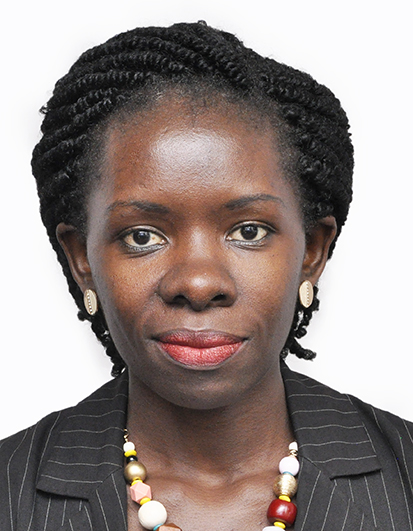
Lifebox Interviews Partners on COVID-19: Dr. Mary Nabukenya
Dr. Mary Nabukenya is lecturer at Makerere University College of Health Sciences, and works as an anesthesiologist at Mulago National Referral Hospital in Uganda. She has helped to lead many perioperative safety training courses for anesthesia providers throughout the country. She spoke with Lifebox trustee, co-founder, and fellow anesthesiologist Dr. Isabeau Walker about the status of COVID-19 in Uganda and the particular risks to healthcare workers, especially anesthesia providers. 1 April 2020.
“The current official number of COVID-19 positive cases in Uganda is 44, with no deaths. Testing was initially done mostly for individuals returning from high risk category countries, who were selectively put under mandatory quarantine on arrival at the airport. Currently, it is reserved for symptomatic patients. The country’s borders were closed over a week ago and gatherings of more than ten people were abolished. Six days ago the public transportation system was shut down as well as markets other than food markets. Initially, it was encouraged that non-essential people at different workplaces stay home. The public was advised to stay home if they are unwell, and call the COVID-19 toll-free numbers who can then advise accordingly. Yesterday (30 March 2020), the president declared a total lockdown with a ban on movement of private vehicles and a 7:00pm to 6:30am curfew. The police and other law enforcement bodies are out on the streets enforcing this in any way they know how.
“Uganda has had epidemics before, including viral hemorrhagic fevers [such as Ebola and Marburg] and has become good at managing these. I think this made us confident about the Coronavirus pandemic and it has taken many a while to appreciate that this was a different story altogether.
“As a result, our responses may have been delayed, and when the president instituted some social distancing measures, they were taken up halfheartedly. We are therefore behind on preparation. On a national level, the Ministry of Health is working with various teams, including a National Task Force and the WHO, and other global partners, to get some order and preparations in place.
“In my hospital, Mulago in Kampala, there are COVID-19 teams set up. However, the preparations are slow and lacking. Elective cases and outpatient clinics have now been stopped and we are only caring for emergencies at the moment. There is very little PPE (FFP2 masks, gloves and aprons, almost no goggles or full body suits) and only a few health workers have been trained on the use of PPE. There is very little in terms of equipment for managing severe COVID-19 patients. We have limited capacity for providing oxygen, monitors, CPAP, or ventilators for patients who may need them as they have in China, Italy, and elsewhere.
“Other hospitals in Uganda are facing the same types of issues that Mulago Hospital is but likely much worse than my hospital which is a national referral hospital. There are only an estimated 85 adult ICU beds with ventilators in the entire country.
“One regional referral hospital with a bed capacity of 300 received supplies to cater for the duration of the pandemic consisting of only about 200 N95 masks. Also, the shutting down of the public transport system means some health workers have no means to get to work. Extension to include private cars makes restrictions of health workers’ movement even worse despite the fact that medical services are among those permitted to continue during lockdown.
“Apart from putting patients to sleep, anesthesiologists in my country are the main physicians that run intensive care units and take care of critically ill patients. They will also be involved in emergency care of patients—for example in trauma. My particular concerns as an anesthesiologist are the lack of PPE and shortage of health workers, both doctors and nurses, familiar with the care of critically ill patients. Anesthesia providers are at a greater risk of getting COVID-19 because we will be involved in the care of the critically ill patients and have to perform highly risky procedures like intubation and resuscitation of these patients.
“What we need most right now is PPE (face masks FFP2/3, gowns, face shields/goggles, shoe covers), and monitors and oxygen sources such as oxygen concentrators.
“My greatest fear is being hit massively because of not taking the necessary precautions as a country and because of individuals in the community who are still not taking this seriously. I’m also afraid we may lose patients that would otherwise be salvageable because of poor preparation or lack of supplies. And of course I’m afraid of losing any of my colleagues to COVID-19.
“I sincerely hope the fact that our population is mostly young will significantly impact the morbidity and mortality positively.”

